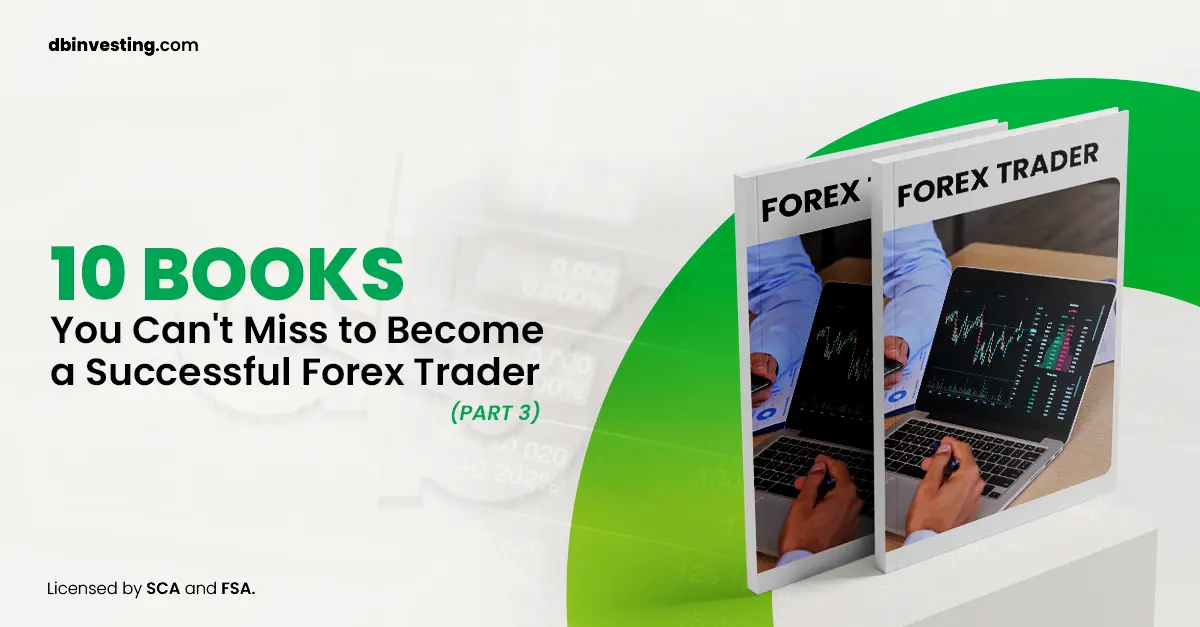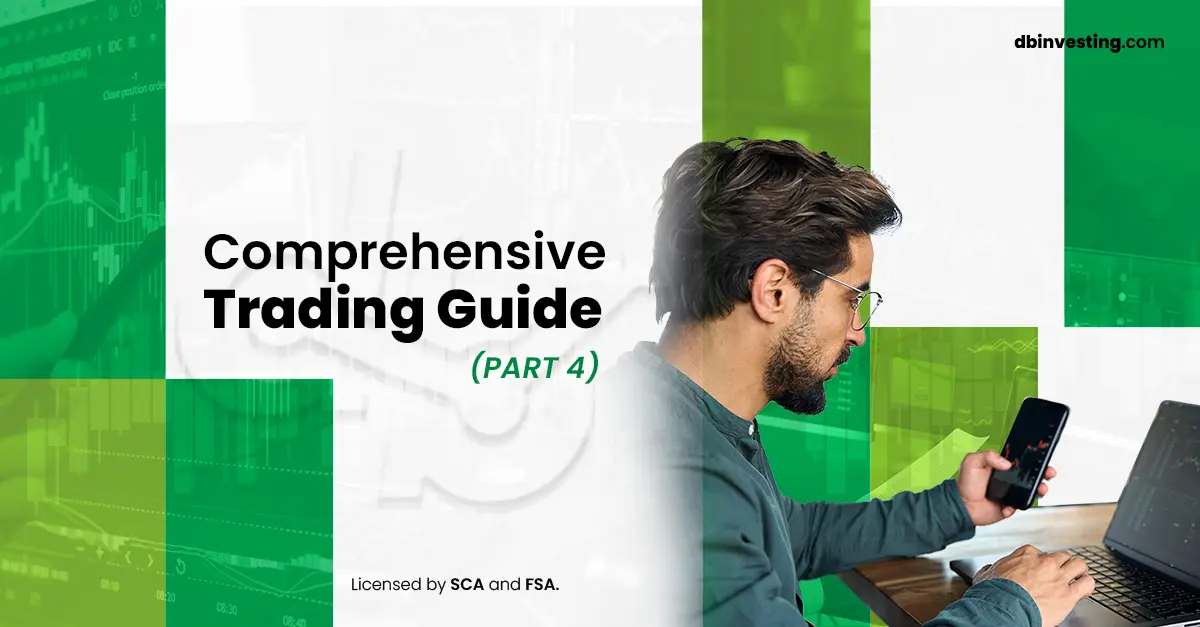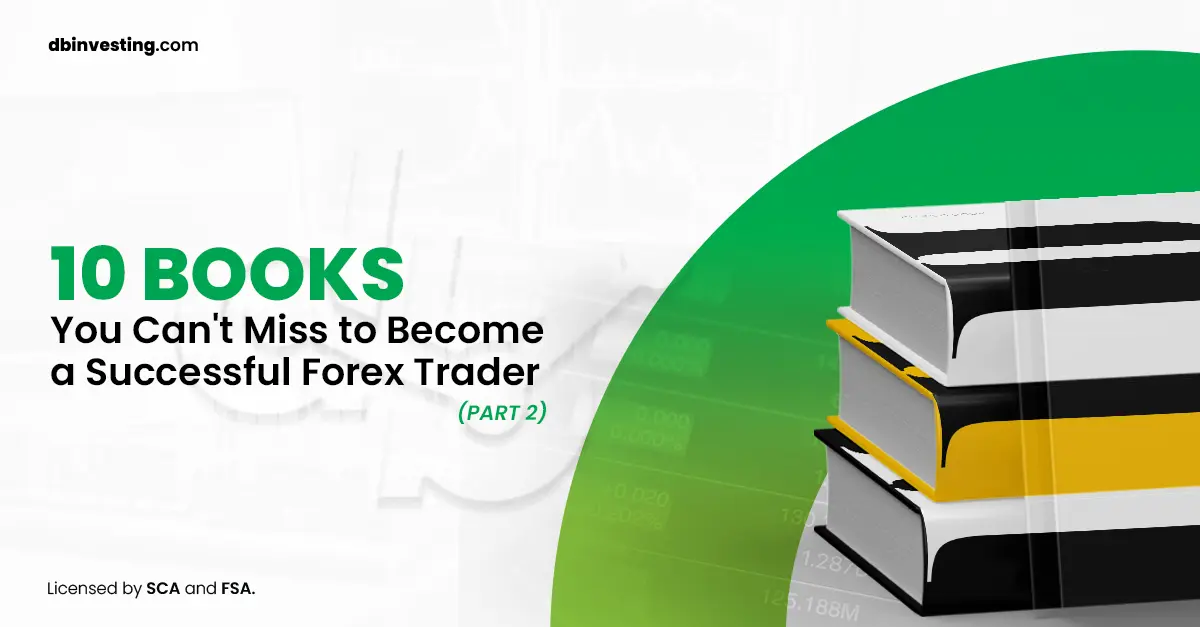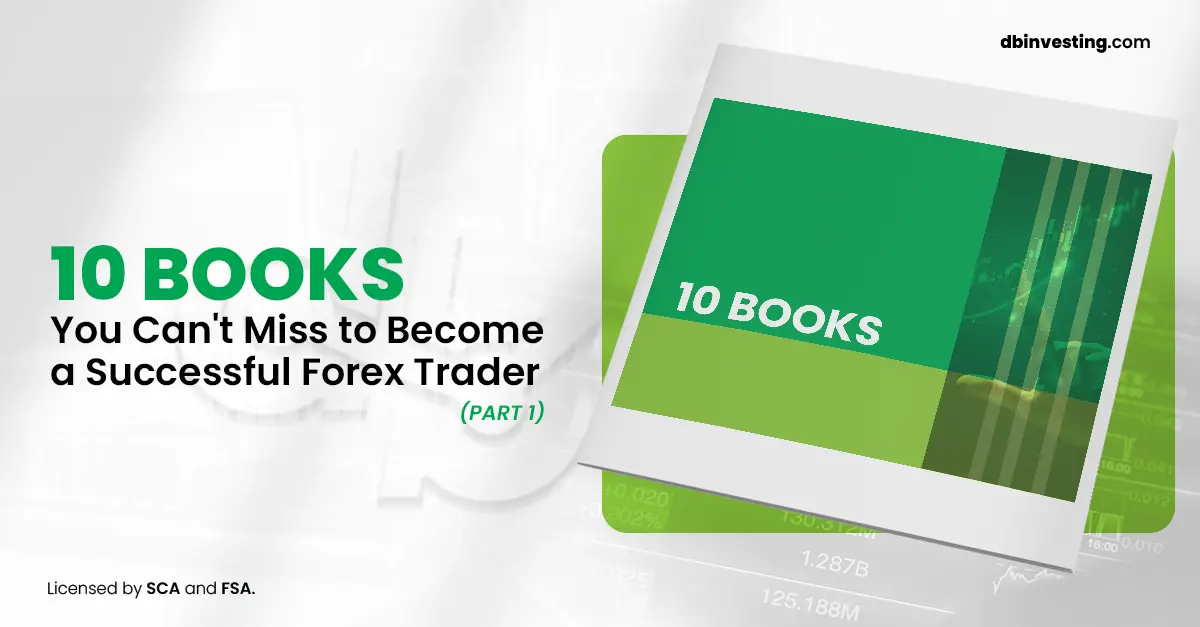As we continue our journey exploring the best Forex books, we now reach part three of our special series. In this section, we review new books that offer in-depth insights and advanced tools for traders looking to improve their skills and expand their horizons in the financial markets.
If you’ve benefited from the previous parts, get ready to explore more ideas and strategies that will help enhance your performance and make significant progress in your trading. There are still more exceptional books to be covered in part four and the final section, so make sure to follow us to the end for maximum benefit!
7. How to Start a Trading Business With $500 by Heikin Ashi Trader
If you believe that trading requires a huge amount of capital to start, the book “How to Start a Trading Business With $500” by Heikin Ashi Trader will completely change your perspective. This book offers a practical and realistic plan to turn a small amount like $500 into a solid foundation for a successful trading business.
The book heavily focuses on the importance of capital management, which is a key element for any trader’s success. You’ll learn how to maximize returns from limited capital, along with developing the discipline and good habits needed for long-term success in trading.
Some of the main topics covered in the book include:
- Building Good Trading Habits: Developing positive habits to help you stick to your plans and strategies.
- Communication Skills with Your Broker: How to effectively communicate with brokers to ensure a smooth trading experience.
- Maximizing Returns from Limited Capital: Tips and tools for turning a small amount into sustainable profits.
- Becoming a Professional Trader: Practical steps to transition from beginner to professional level.
- Trading Activities for Hedge Fund Managers: A glimpse into how professionals who manage large amounts of capital trade.
This book is ideal for those who start trading with small capital but have big ambitions to succeed. With its direct style and actionable ideas, this book will equip you with the tools and confidence to begin your journey toward becoming a professional trader, even with limited resources.
8. The Candlestick Course by Steve Nison
If you’re looking for a practical and direct guide to understanding and applying Japanese candlestick techniques in trading, “The Candlestick Course” by Steve Nison is the perfect choice. Steve Nison is a pioneer in introducing candlestick charts to the West, and this book serves as an excellent guide for traders at all levels.
The book focuses on summarizing the basic candlestick patterns in a clear and simplified style, making it suitable for new traders who wish to learn the fundamentals, as well as experienced traders aiming to refine their techniques. Through this book, you’ll learn how to use candlestick patterns to identify successful entry and exit points in trades—a crucial skill for any trader in the financial markets.
In addition, the book provides practical explanations of different candlestick patterns with clear examples from the financial markets, helping you understand how to apply these patterns in real trading environments. Once you master the patterns presented in this book, you will have a powerful analytical tool to make informed decisions based on price action.
The Candlestick Course is more than just an educational book; it’s a practical training course designed to help you grasp one of the most powerful technical analysis tools and use it effectively to achieve success in trading.
In this section, we’ve explored two new books that are essential tools for any trader looking to enhance their understanding of the markets and develop their strategies. By diving into efficient capital management with “How to Start a Trading Business With $500” and exploring the world of Japanese candlesticks with “The Candlestick Course”, you now have new insights and tools to boost your performance in the markets.
But the journey isn’t over yet! In part four and the final section, we’ll introduce a set of books that will take your knowledge to an entirely new level, focusing on advanced strategies and deep concepts for market analysis. Get ready to conclude this series with more inspiration and learning!









